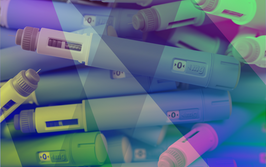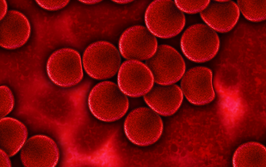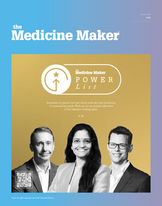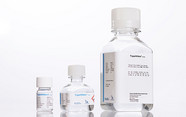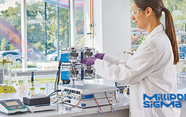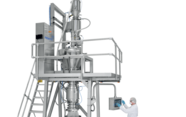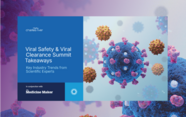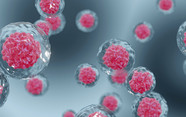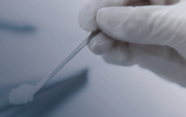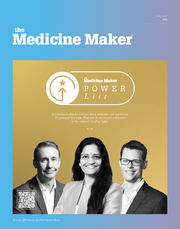Gene Therapies for Newborns
Work from the lab of Luigi Naldini identifies postnatal window for in vivo gene editing, without the need for conditioning or transplantation
Stephanie Vine | | 2 min read | News

Credit: Unsplash.com
A study by researchers at the San Raffaele Telethon Institute for Gene Therapy (SR-Tiget) has outlined a potentially scalable strategy for in vivo gene therapy targeting hematopoietic stem and progenitor cells (HSPCs). The work identifies a developmental window shortly after birth during which circulating HSPCs can be accessed directly in the bloodstream and genetically modified without the need for myeloablative conditioning or transplantation.
“After birth, blood stem cells need to move from the liver, where they have resided throughout the last months of pregnancy to their definitive home in the bone marrow. We found that as they so travel in the circulation they can be more easily accessed by intravenous delivered vectors and thus be genetically modified without the need to harvest and process them outside of the body,” explained Michela Milani, first author of the study.
Proof-of-concept was demonstrated in neonatal mice using lentiviral vectors optimized for systemic delivery. The vectors were able to transduce circulating HSPCs, leading to stable gene marking in the bone marrow over time. Importantly, the transduced cells exhibited long-term multilineage reconstitution potential.
This approach was tested across three disease models: adenosine deaminase–severe combined immunodeficiency, autosomal recessive osteopetrosis, and Fanconi anemia (FA). In each case, a single intravenous injection of the therapeutic vector in neonatal mice resulted in clinically meaningful outcomes. Treated mice showed extended survival, improved hematopoietic parameters, and, in the case of FA, prevention of bone marrow failure.
The study also included analyses of human umbilical cord blood and peripheral blood samples from infants, which confirmed that circulating CD34+ HSPCs are present at therapeutically relevant levels during early life. This suggests that the developmental window exploited in mice may also exist in humans.
“Intriguingly, when we harvest stem cells from the blood of adult mice or humans, even upon mobilization, they require activation stimuli to enable efficient lentiviral gene transfer. On the contrary, at these early ages, not only there are more stem cells in the circulation, but they are also more permissive to gene transfer. Further studies will investigate the biological bases of this higher permissiveness and how we could replicate it at later ages,” said Luigi Naldini, Director of SR-Tiget.
The lentiviral vectors were engineered with modifications to enhance transduction efficiency and transgene expression while remaining compatible with large-scale production methods. The team hopes that the strategy will be particularly relevant for early-onset genetic diseases where immediate intervention is beneficial and where traditional ex vivo gene therapy poses logistical or clinical challenges.
We’ve previously interviewed Luigi Naldini about his career. Check out the article here.

Making great scientific magazines isn’t just about delivering knowledge and high quality content; it’s also about packaging these in the right words to ensure that someone is truly inspired by a topic. My passion is ensuring that our authors’ expertise is presented as a seamless and enjoyable reading experience, whether in print, in digital or on social media. I’ve spent fourteen years writing and editing features for scientific and manufacturing publications, and in making this content engaging and accessible without sacrificing its scientific integrity. There is nothing better than a magazine with great content that feels great to read.


